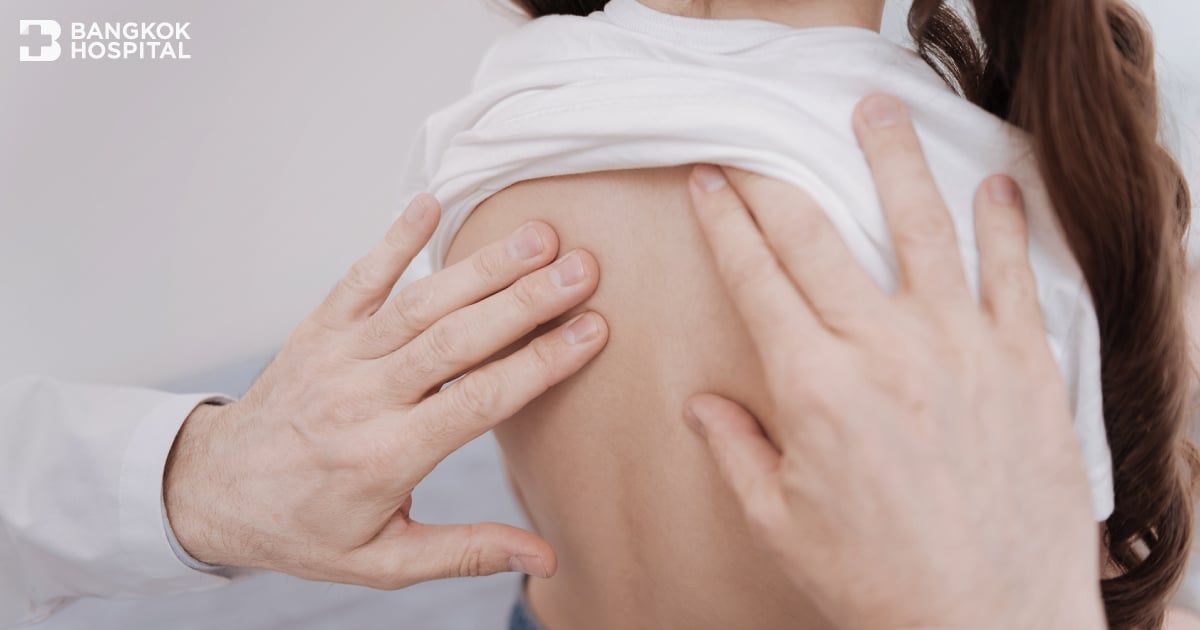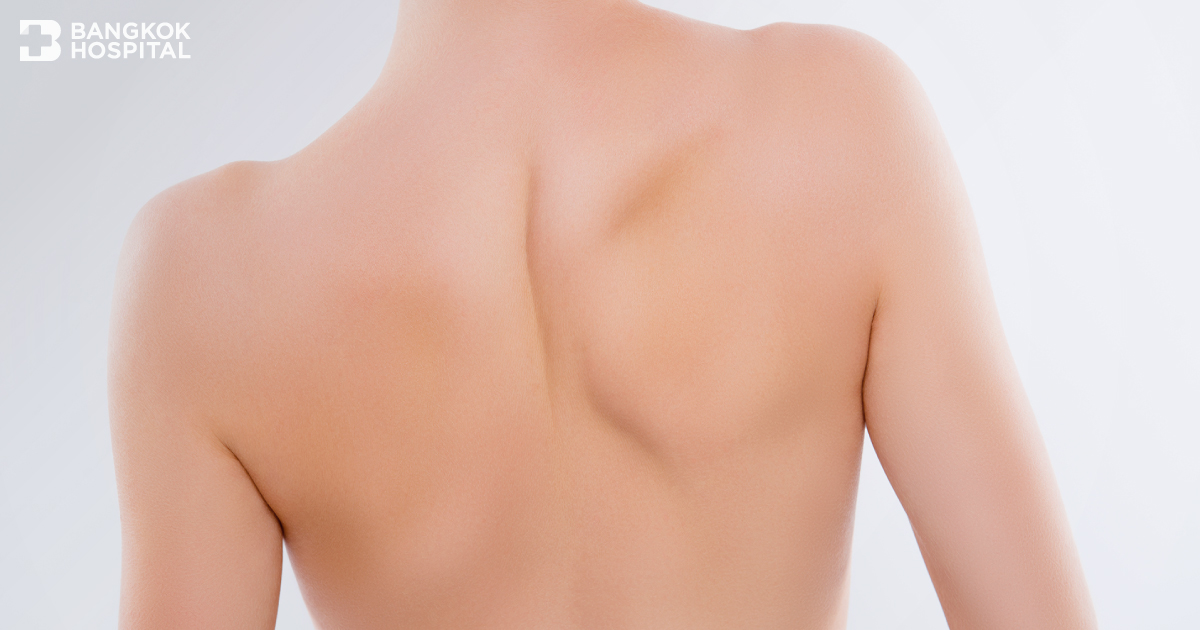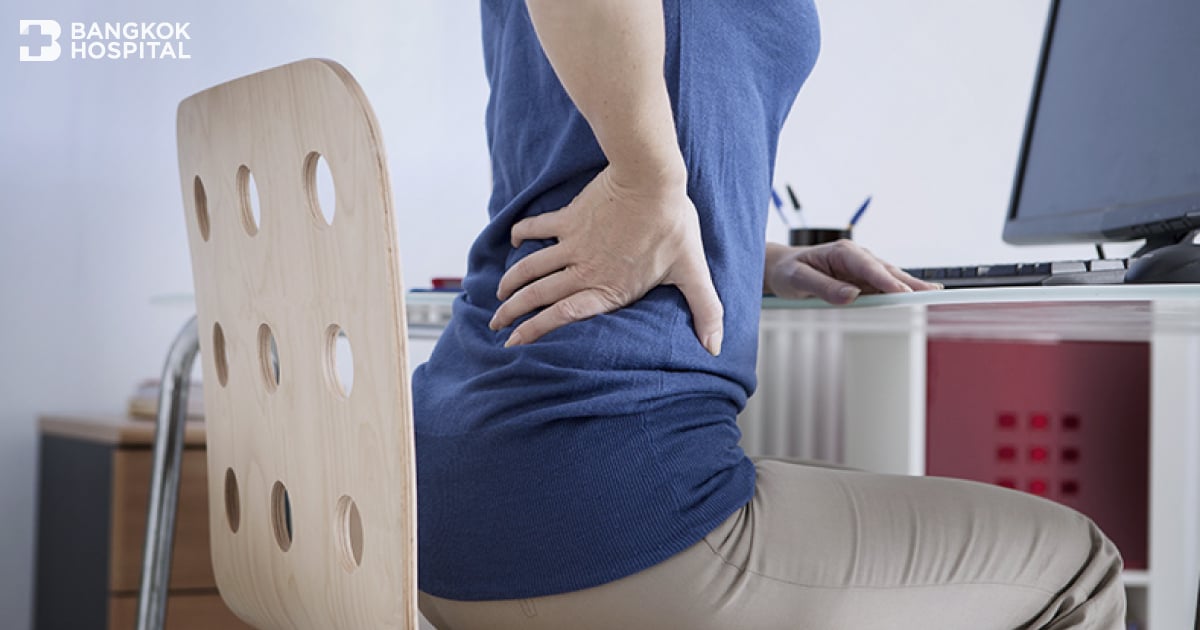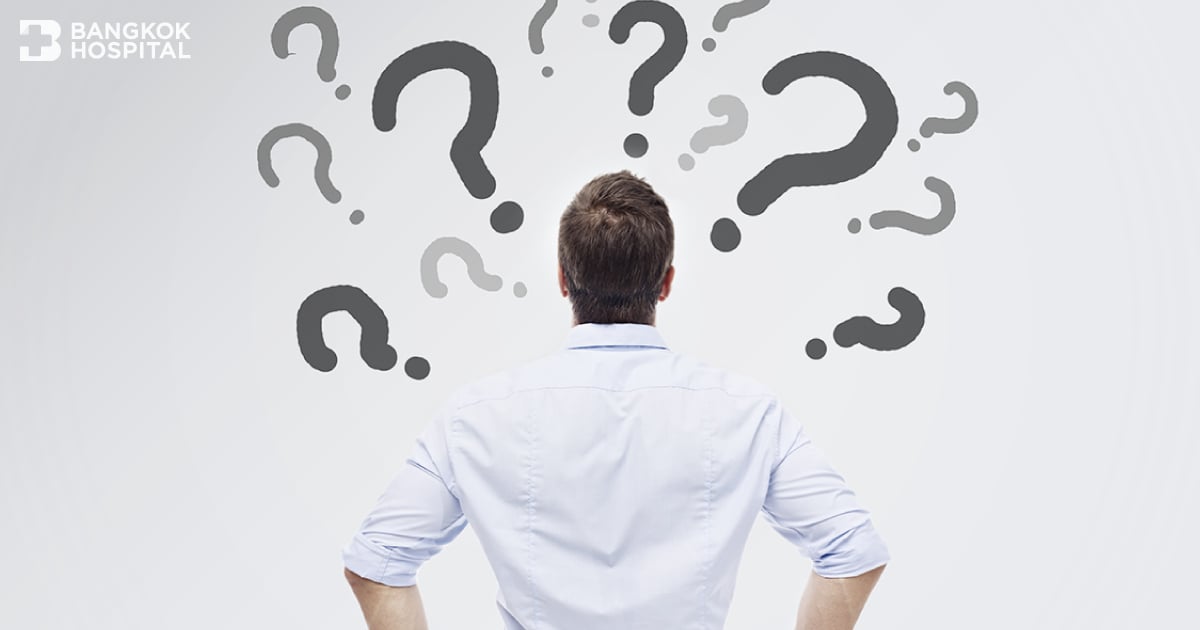
MAGEC: An effective spinal surgery to treat spinal scoliosis in children.
Scoliosis is defined as a sideways curvature of the spine that occurs most often during the growth spurt just before puberty.

Minimally Invasive Spine Surgery (MISS)
Back and neck problems can affect your life in many ways and finding the underlying cause of your specific issue may not be an easy task.

Scoliosis should not be overlooked! It might happen to all age groups.
Scoliosis might be perceived as one of uncommon spinal disorders. In fact, the disease affects 2-3% of Thai population.

Microscopic Discectomy Stop Back Pain By Microscopic Surgery
Back pain can be uncomfortable and debilitating. Most acute back pain gets better with a few weeks of home treatment.

Frequently Asked Questions for Spine Surgery

Microscopic Discectomy: A minimally invasive surgery to treat lumbar disc herniation (herniated disc)
Microscopic Discectomy: A minimally invasive surgery to treat lumbar disc herniation (herniated disc)

Degenerative Neck Disease
Degenerative cervical spine disease is found in nearly everyone who is aged 45 and older. Therefore, it is crucial for Thais to have knowledge and understanding and seek consultation from a specialist in spinal diseases.

Back pain caused by spondylosis can be successfully treated with minimally invasive spine surgery

Holistic Treatment: New Hope for Spinal Disease Patients
Back pain, neck pain, and shoulder pain in various parts of the body may not be as trivial as thought. Treating patients holistically with a team of highly specialized physicians from various fields will help cure the disease.

Microscopic lumbar discectomy: The “gold standard” surgical treatment for herniated disc patients
The advanced surgical treatment to decrease pain and operative time and offer faster recovery

Chronic back pain is treatable.
Some people, even after undergoing spine surgery, still experience pain that does not improve. In some cases, the pain is worse than before. The medical term for this condition is Failed Back Surgery Syndrome or FBSS, which requires prompt treatment.

Frequently Asked Questions Before Spinal Surgery
Frequently Asked Questions Before Spinal Surgery
